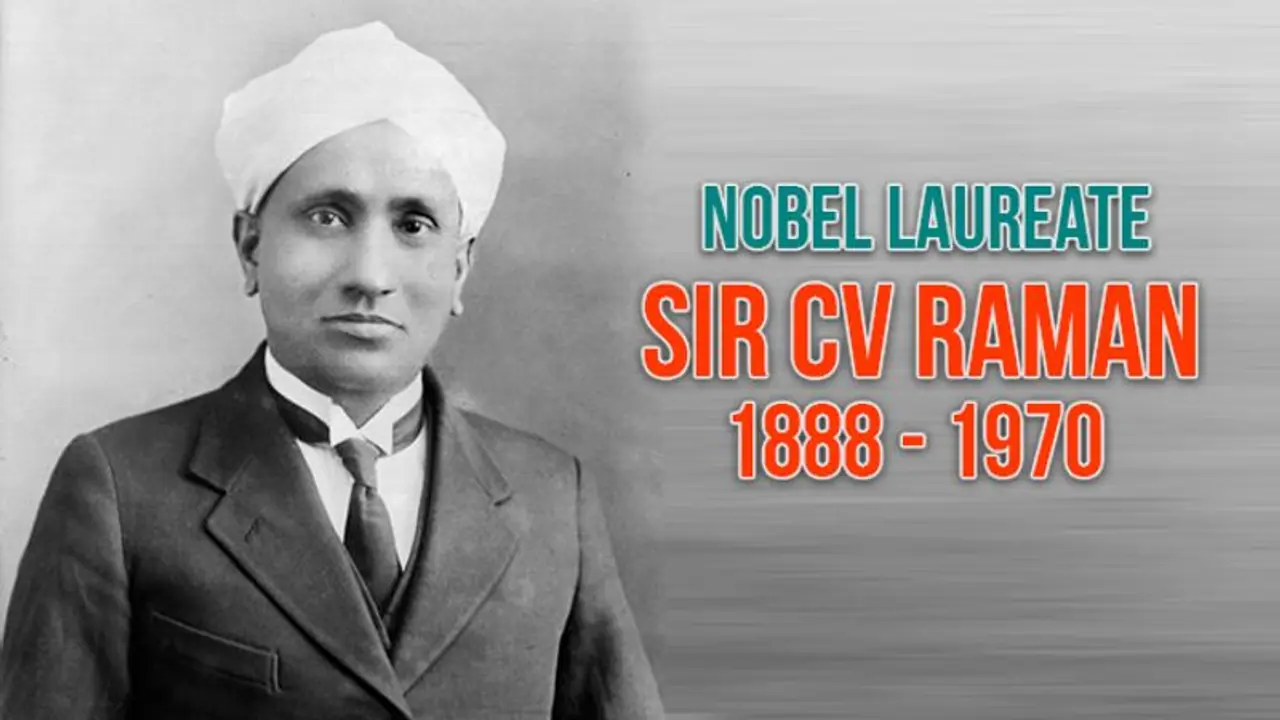Dr Chandrasekhara Venkata Raman known as CV Raman was born on November 7, 1888 in Tamil Nadu’s Tiruchirappalli. Raman was a bright child and went on to become a brighter scientist. The contributions of this great scientist has been immense and on his birth anniversary, let’s take a look at them in his honour.
Bengaluru: Dr. Chandrasekhara Venkata Raman, also known as CV Raman was born on 7 November, 1888 in Tiruchirappalli, Tamil Nadu. His father was a lecturer in Mathematics and Physics and thus began CV Raman’s interest in academic environment at a very young age.
At the age of 11, he passed his matriculation and 12th class at the age of 13 with a scholarship. He then went on to join the Presidency College In 1902 and received his graduate degree in 1904.
He pursued a Master's in Physics from the same college and broke all the previous records. In 1907, he married Lokasundari Ammal and had two sons namely Chandrasekhar and Radhakrishnan.
List of Important Discoveries in Physics
CV Raman took up the Financial Civil Services examination because his father had a keen interest and even went on to top it. In 1907, he went to Calcutta (now Kolkata) and joined as Assistant Accountant General.
In his spare time, he went to the laboratory for research at the Indian Association for the Cultivation of Sciences. Although facilities were limited, he continued his research and published his findings in leading international journals including 'Nature', 'The Philosophical Magazine', 'Physics Review', etc.
He got an opportunity to join the University of Calcutta in 1917, as the first Palit Professor of Physics. After 15 years at Calcutta, he became a Professor at the Indian Institute of Science at Bangalore from 1933-1948 and since 1948, he became the Director of the Raman Institute of Research at Bangalore which was established and endowed by him only.
In 1928, he wrote an article on the theory of musical instruments to the 8th Volume of the Handbuch der Physik. He published his work on the "Molecular Diffraction of Light" in 1922 which led to his ultimate discovery of the radiation effect on the 28th February 1928 and gained him to receive a Nobel Prize in Physics in 1930. He became the first Indian to receive a Nobel Prize.
Other research carried out by Dr CV Raman were Diffraction of light by acoustic waves of ultrasonic and hypersonic frequencies and effects produced by X-rays on infrared vibrations in crystals exposed to ordinary light.
In 1948, he also studied the fundamental problems of crystal dynamics. His laboratory has been dealing with the structure and properties of diamond, and the structure and optical behaviour of numerous iridescent substances like pearls, agate, opal, etc.
He was also interested in the optics of colloids, electrical and magnetic anisotropy and the physiology of human vision.
No doubt, he was honoured with a large number of doctorates and memberships of scientific societies. In 1924, he was also elected as a Fellow of the Royal Society early in his career and was knighted in 1929.
As briefly described that he is best known for discovering the 'Raman Effect' or the theory related to the scattering of light. He showed that when light traverses a transparent material, some of the deflected light changes its wavelength.
